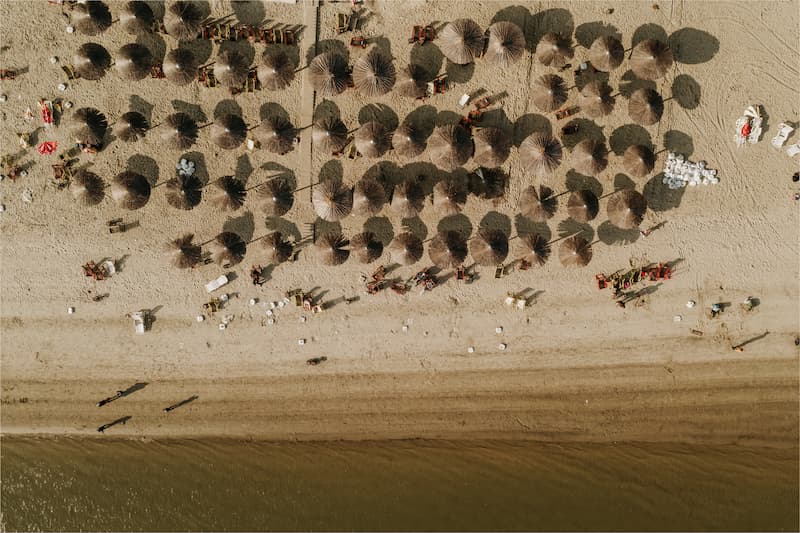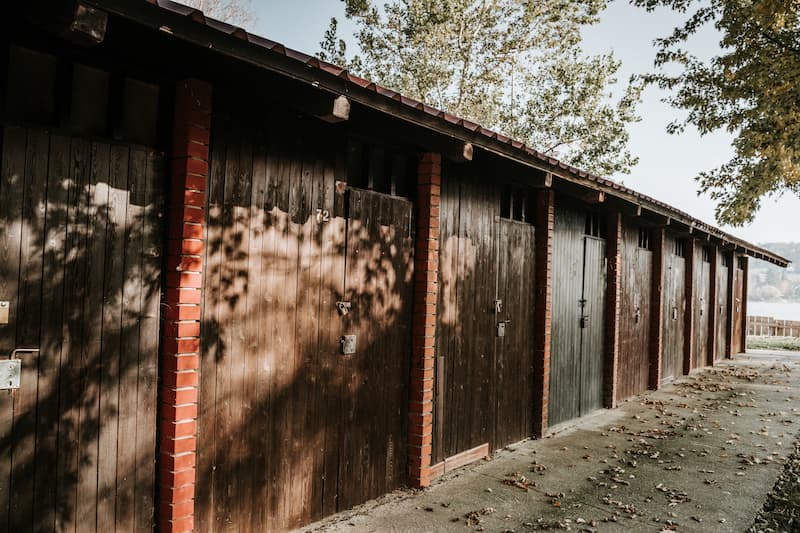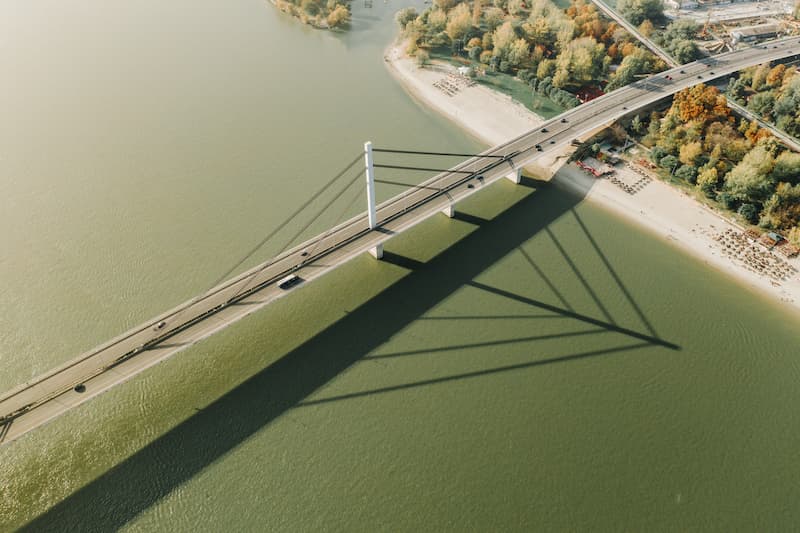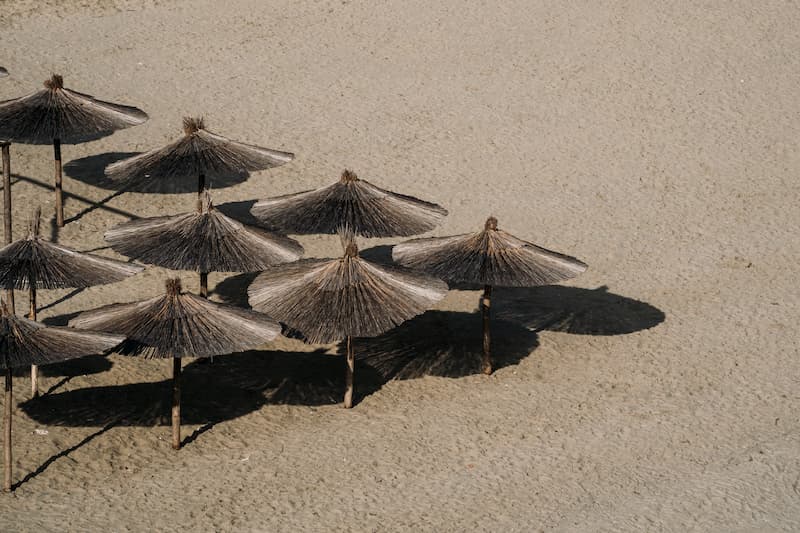One of the most beautiful beaches along the Danube boasts a tradition of almost two centuries and has been considered one of Novi Sad’s favourite locations for all generations. Numerous songs have been sung about the Danube and the Štrand, many people have fond memories and anecdotes about this place, and this important city toponym has suffered numerous ups and downs, becoming one of the important guardians of the history of Novi Sad. From the more modern history of Štrand, we remember some of the sports and cultural activities that turned the beach into a little summer paradise for all residents and tourists, and in the year of the European Capital of Culture, Štrand is becoming a unique cultural attraction thanks to the new programme arch, The Danube Sea. Melding culture and ecology, with reference to the rich tradition of the Danube region, the programmes of the European Capital of Culture in the next month will show us that through performances, concerts, workshops, panels, debates and other similar events, environmental awareness can be raised while enjoying the charms of Novi Sad’s largest beach.

The 111-Year-Old Beach
The first records of beachgoers on the Danube date back to 1827, when beaches existed on the Srem side, and the transport was offered by local fishermen. However, the residents of Novi Sad were looking for a better location, on a quieter part of the Danube, and they found it right here, on today’s Štrand. Officially opened in 1911, the city’s largest beach also issued its technical description the following year, when it defined its original territory as half a kilometre long and 60 meters wide. Then, in 1913, the Štrand joint-stock company took over the responsibilities regarding the development of the beach, and the era of its expansion came. The famous wooden cabins were built, among which there were also hair salons, shops, pastry shops and other facilities, a ticket office was soon built, the greenery was regularly maintained, guests could take a break in one of the restaurants, and showers and spaces for children were at hand. This is when well-known sports such as picigen, kečket (hand tennis), kurendol (so-called ‘foot tennis’), as well as head tennis were born – now iconic unofficial sports that remain the main occupation of visitors to this day, and it is not rare to see competitions in one of these disciplines on the Štrand.

The Beach as a Meeting Place
This was the gathering place of all the famous poets, writers, artists, and politicians gathered, many of whom emphasised Štrand as the most beautiful part of Novi Sad. The well-to-do population mostly came to the beach by the famous ‘Trčika’ tram, whose final stop was by the entrance to the Štrand. The others mostly arrived on foot or by bike, but Štrand never seemed to care about such distinctions.
The Centre of the Cultural Summer in the Title Year
Over the years, the potential of Novi Sad’s largest beach has been used in different ways, which have sometimes been criticised, sometimes praised, but always kept this locality alive and popular among its Novi Sad residents. Summer sports such as basketball and beach volleyball found their place on the Štrand and numerous major competitions, even at the international level, were held here.
However, in the year when Novi Sad becomes the European Capital of Culture, it was inevitable that the favourite summer location would also become a venue for some of the cultural events. There is certainly no better place to draw attention to important topics that concern the Danube and the beach itself – and they touch on their preservation, but also on the preservation of the entire planet. The new programme arch The Danube Sea gathers domestic and foreign artists and activists united in the idea that in addition to enjoying the beauty of the Danube flow, attention must also be paid to its well-being.

And that’s why from 22 to 31 July Štrand is becoming the sandy centre of cultural events, marking the beginning of The Danube Sea. As a meeting point for ecological artistic interventions, performances, engaged works created by domestic and foreign artists, and all curious visitors to the Štrand, the pavilion located under the Liberty Bridge will offer a full-day programme for all guests.
What Awaits Us at the Štrand Pavilion?
At the unique Štrand Pavilion, Compagnie XY, the world-famous circus collective from France, awaits us with the performance Les Voyages, which brings the game of gravity and flight over The Danube Sea, and then the performance ‘Seam’, which will present us with a composition for piano and sewing machine, and there is also a multidisciplinary event ‘Becoming an Island’, which will present its vision of the future of the Danube through visual art and science. The pavilion also brings the ambient installation ‘Ecotopias’, made up of several interactive elements such as a smart house and a radio station, through which visitors will be able to see the synthesis of artistic and scientific vision of pollution, consumerism, hyperproduction, exploitation of nature and similar ever-current problems. The tactile and sensory experience of Ecotopia will confront us with a multitude of questions, but also new visions as answers to the existing problems of modern society, while the Norwegian artist and eco-activist Morten Jensen Vågen, with the help of Štrand visitors, will create tools for protection against environmental disasters.

How to bring art back to nature? How to return man to nature through art? These questions will be asked by the ‘Biofabrika’ eco-art intervention and the ‘Biophilia’ exhibition, and an open panel discussion will try to answer them. Scientists will introduce us to the importance of bees for the planet, the secret life of insects, and interesting neuroscience through the Pannonian Garden workshops of the Econaut and Habiprot associations, and the Minipogon Collective will involve all Štrand visitors in a series of actions in Tuning the Sustainable Community.
The ‘sustainability exchange’ youth event will promote the real Novi Sad culture of living: in the Green Cinema, we will watch ‘Honeyland’ and ‘The Secret Life of Trees’, and since summer on the Štrand cannot be imagined without music, we will be entertained by the Youth Danube Big Band & Summer Jazz Academy, Stray Dogg, Dina Jašari, Planet Opal, Singing Bridges, Dothemath, and Cuban Chamber of Commerce, while the Pavilion and this programme arch will be closed by Nadav Dagon.
Author: Leona Pap
Photo: Jelena Ivanović







